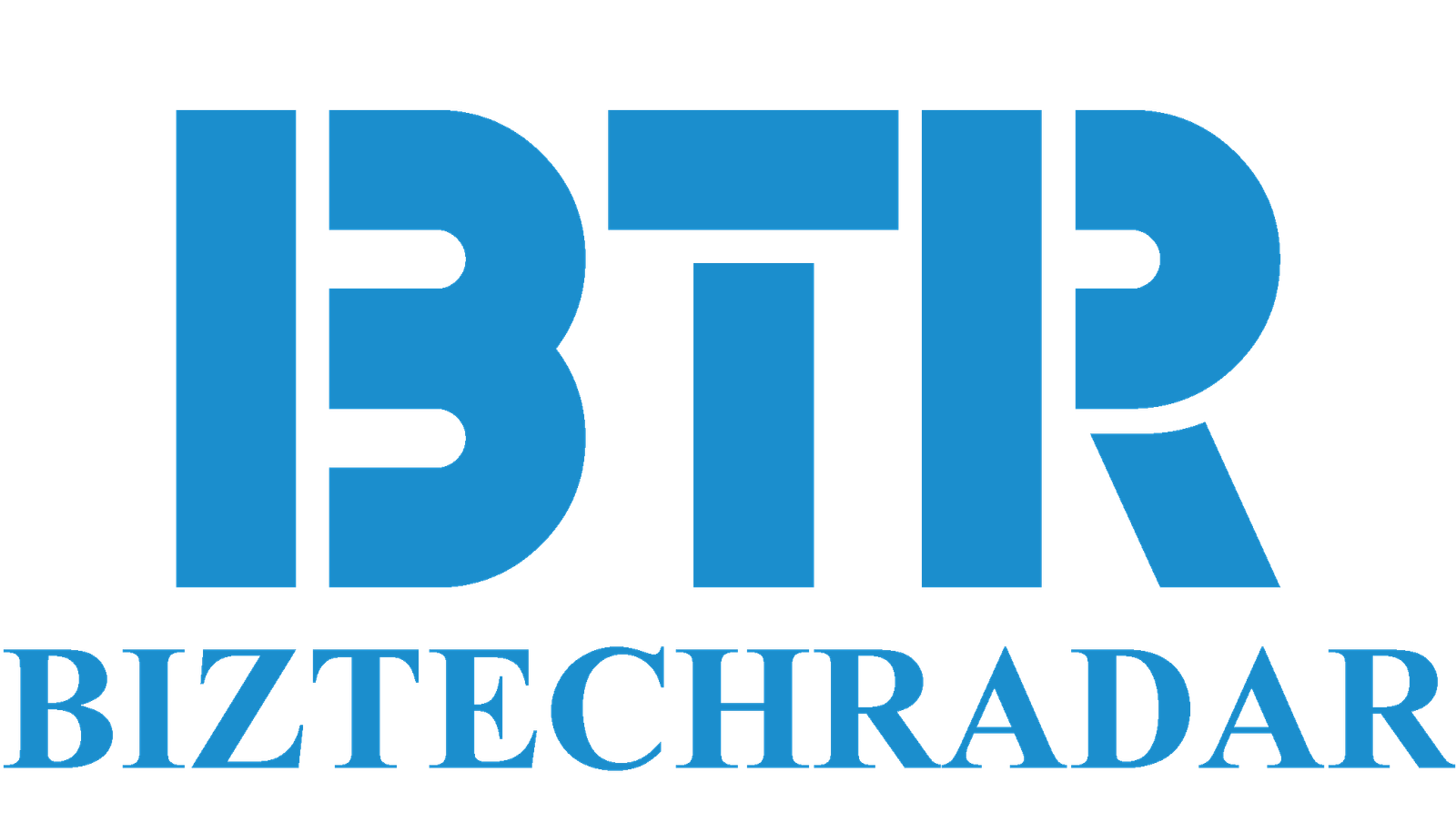There is a lot to think about when building a MarTech stack. It’s a crucial role that will automate manual tasks, inform decisions based on collected data, segment customers into cohorts so you can launch targeted campaigns and measure performance, so you know what’s working and what’s not.
In addition to finding tools that help your organisation achieve its business objectives, it must also be usable for your team without the addition of more technical resources, offer interoperability between existing systems, be able to grow with your company and be affordable enough to justify the costs.
Gartner extended its digital performance benchmarking methodology to understand how leading brands orchestrate their martech stacks and how these stacks contribute to business success. Brands were classified as either “Genius” (their digital competence is a point of competitive differentiation for these brands); “Gifted” (the brands are experimenting and innovating across the site, mobile and social platforms); “Average” (digital presence is functional yet predictable); “Challenged” (limited or inconsistent adoption of mobile and social media platforms); or “Feeble” (investment does not match opportunity). According to the Gartner report, only 18 per cent of brands have mastered their extensive martech stack to produce genius-level marketing performance.
There are many factors to consider, and there are a lot of options to choose from. Scott Brinker’s 2020 Marketing Technology Landscape listed 8000 solutions at last count. The MarTech Conference’s Stackies Awards celebrate companies based on the conceptual organisation of their stack. There is a lot to learn from legacy companies that have mature stacks.
This article was originally published by Martechvibe. On Dated: August 2, 2021

